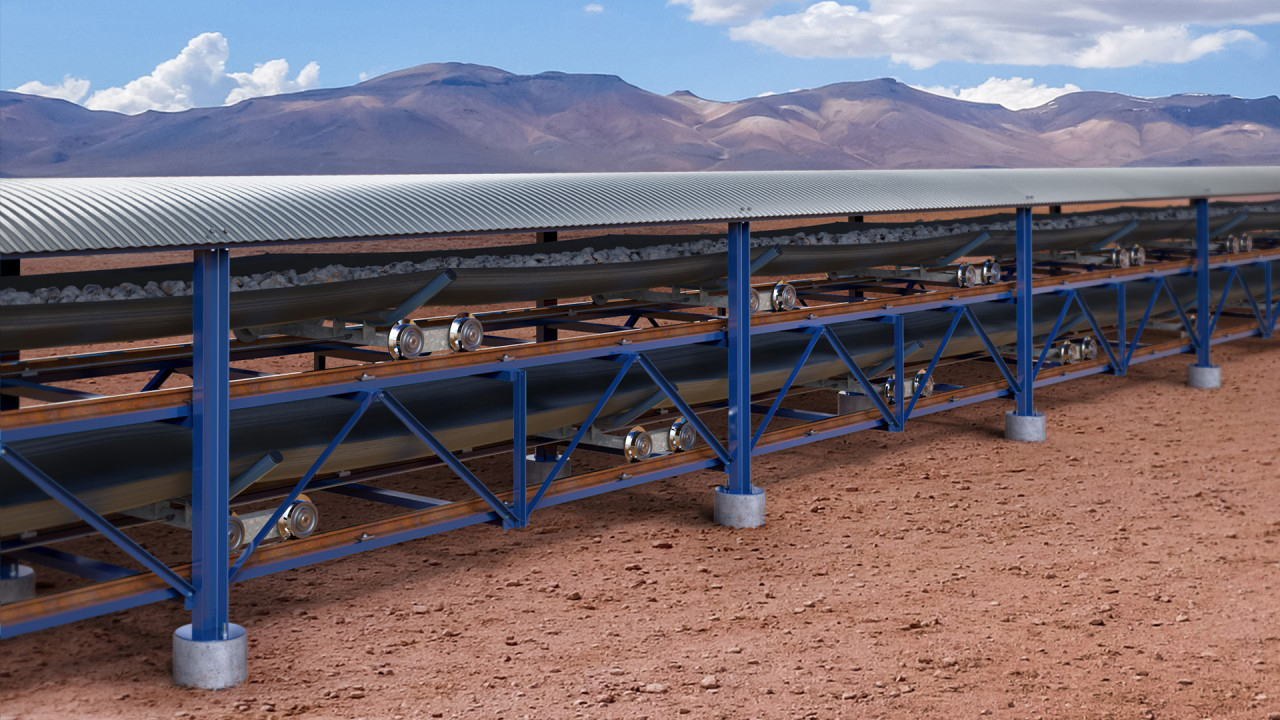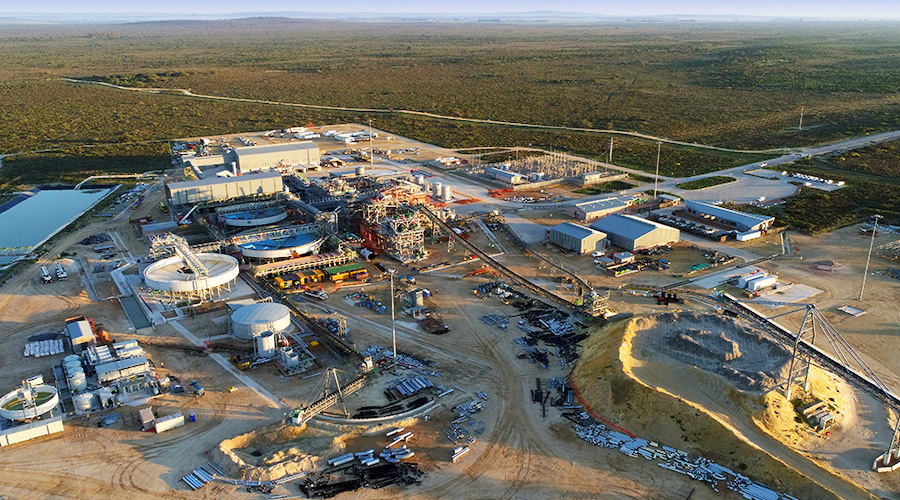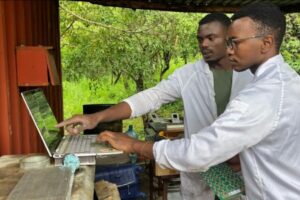Harnessing Sub-Saharan Africa’s Critical Mineral Wealth
The region has an opportunity to develop critical minerals markets and processing industries to maximize the coming boom
From electric vehicles to solar panels to future innovations, the global transition to clean energy is set to further heighten demand for critical minerals. Between 2022 and 2050, demand for nickel will double, cobalt triple and lithium rise tenfold, according to the International Energy Agency. With sub-Saharan Africa estimated to hold about 30 percent of the volume of proven critical mineral reserves, this transition—if managed properly—has the potential to transform the region, the latest Regional Economic Outlook reports.

With growing demand, proceeds from critical minerals are poised to rise significantly over the next two decades. Global revenues from the extraction of just four key minerals—copper, nickel, cobalt, and lithium—are estimated to total $16 trillion over the next 25 years, in 2023-dollar terms. Sub-Saharan Africa stands to reap over 10 percent of these cumulated revenues, which could correspond to an increase in the region’s GDP by 12 percent or more by 2050. Given the volatile nature of commodity prices and the unpredictability over the future direction of technological innovation, these estimates have a high degree of uncertainty—but the general direction is certainly encouraging.
Beyond extraction
The region can generate even greater windfalls by not only exporting raw materials but processing them as well. Raw bauxite, for instance, fetches a modest $65 per ton, but when processed into aluminum it commands a hefty $2,335 per ton, in end-2023 prices. Yet the thousand trucks a day that carry unprocessed lithium from Zimbabwe to ports for shipping to China show that local processing options for critical minerals are too often limited.
Developing local processing industries could significantly boost value added, create higher-skilled jobs, and increase tax revenues—thereby also supporting poverty reduction and sustainable development. By diversifying their economies and moving up the value chain, countries will become less exposed to volatile commodity prices, and more able to protect themselves against exchange rate volatility and foreign currency reserve pressures.
Foreign direct investment can help provide the capital and expertise to develop mineral processing industries, but the absence of a substantial regional market makes local processing investments less enticing. Policymakers need to remedy this.
Regionally coordinated policies
A regional strategy built on cross-border collaboration and integration can create a larger, more attractive regional market for much-needed investment. A regional strategy is also essential to fully leverage the diversity of critical minerals—clean energy technology requires combining multiple minerals scattered across the region.
Sub-Saharan Africa’s anticipated population boom, coupled with rapid urbanization and industrialization, will likely increase demand for renewable energy and expand the market for processed minerals. The African Continental Free Trade Area can play a key role in reducing trade barriers and developing infrastructure, potentially uniting fragmented critical mineral markets for larger-scale operations and forming regional value chains that draw on both raw and processed mineral inputs. Coordination can also start on a smaller scale, paving the way for larger regional hubs. For example, the Democratic Republic of the Congo and Zambia are collaborating on battery production for two- and three-wheeled electric vehicles popular in African markets.
Countries also need to collaborate on policies to create more favorable investment and business environments. Simplifying bureaucratic procedures and harmonizing mining regulations across borders would foster a stable, predictable investment environment. Efforts to minimize the environmental impacts of mining and processing will help unlock new funding and investment opportunities in green finance. Strengthening the Africa Mining Vision, launched in 2009 by the African Union, could serve as a key framework for these regional efforts.
Domestic reforms
Complementing regional approaches, countries can undertake structural reforms to support domestic companies in mining and related processing sectors. They should approach the application of local content requirements, which mandate the use of local materials and labor, with caution. More broadly, many countries need to reevaluate their inward-looking policies, which can often result in inefficiencies, market distortions, and increased costs. Export bans on raw materials, in particular, can backfire and cause production to fall.
Countries can develop a supportive business environment by strengthening domestic financial markets and improving access to finance. New fintech innovations offer exciting potential to help firms that serve the mining sector but face difficulties in securing traditional financing. Managing new resource windfalls responsibly also requires accountable and transparent institutions, allied with appropriate tax regimes and sound public financial management.
Share this content:















